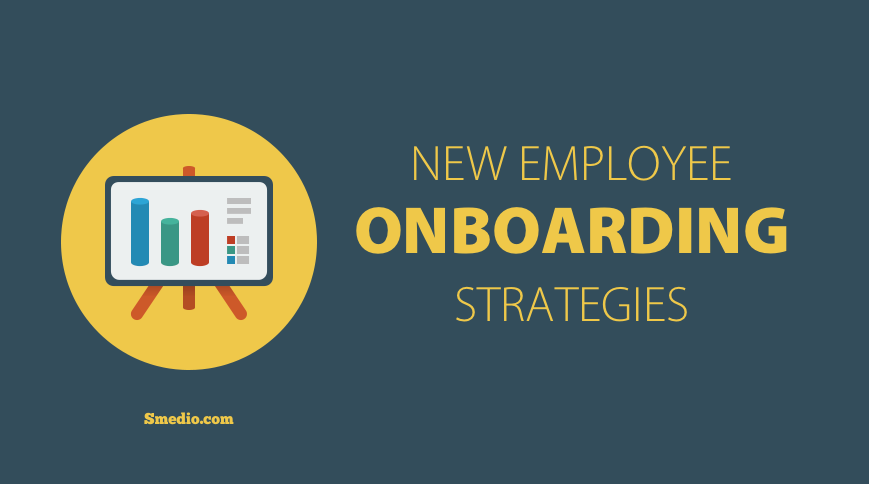Onboarding for new employees at a company can be a long, strenuous journey if you don’t have the right training program in place. The wrong training program can lead to misunderstandings, mistakes and costly delays, especially when you are training someone on a new machine that can slow down production.
There is a science to great onboarding. Also known as “organizational socialization”, onboarding requires trainers that are knowledgeable in their field and who are also great teachers, as well as a cohesive, logical plan that will enable the trainee to get up to speed as quickly and efficiently as possible. Here are a few things to remember when you are designing an onboarding program for your company.
Which Kind of Training?
The first thing you have to decide is whether you want to lead classroom-style lectures, hands-on training or a mixture of both. Each one has its pros and cons and you need to figure out which one suits your training needs best.
Lectures have their place because you can train a large group of people at the same time. This is great when you need to fill multiple positions quickly, because all of the trainees will get the same instruction at a common pace. Training sessions like these are treated much like school lessons: the trainer presents a lesson plan, gives lectures on the relevant topics and gets trainee feedback through questions and tests. It can be a very effective method of training.
If, however, you are training someone on a machine like a powder coating oven (details from Reliant Finishing Systems), you will probably want to use hands-on training. This will get them acclimated to the machine more quickly. The downside is that you may only be able to train one or two people at a time, so if you have multiple positions, you may want to incorporate classroom training as well.
Use the Right Trainers
Good trainers are hard to find. They have a lot of different attributes that contribute to the teaching process, and they may not necessarily be the employees that you think of.
Just because someone is great at their job doesn’t mean that they would make a great trainer. Great trainers have patience, a great personality that allows them to be approachable and they possess the knowledge that is required to do the task they are training for. This means that sometimes the best trainer for you may be someone that isn’t the best at a particular job, but who knows the things needed well enough and has the personality to train well.
When choosing trainers, look for the employees that fit your own training criteria. Don’t choose someone who doesn’t want to be a trainer, because they will resent the position and the trainee’s abilities will suffer, costing you time and money.
Keep it Interesting
One of the worst things a trainer can do is drone on and on without letting the trainees participate. Each training session should be interesting for the trainees so they not only learn the necessary knowledge, but they also enjoy the process.
When people want to learn, they will learn easier. It’s sometimes difficult to motivate trainees; this is why choosing the right trainers is so important. Good trainers can use humor and anecdotes to keep the trainees’ attention, making the session more fun. Humor goes a long way when you are trying to keep trainees motivated in learning.
Also, make sure to include the trainees in the training process. Constantly ask questions and opinions. Not only will this help you gauge their progression, but they will feel like they are responsible for their own learning, which will keep them interested throughout the sessions.
Develop the Person
You probably don’t want your trainees to act like robots once they are trained. You want to them to feel like they are a part of the company and that they matter. The good news is, they want these same things.
So when you train, make sure that you show respect and maturity throughout the process. This will help the trainees learn because they will feel like they are respected members of the company. Then, once they are finished with the training, they can start their new position will confidence, high-morale and the necessary knowledge to do their job well. This, in turn, will make your company stronger and more successful.
Onboarding doesn’t have to be difficult. Just think about these key ideas and develop a training program that works.
[et_social_share]







